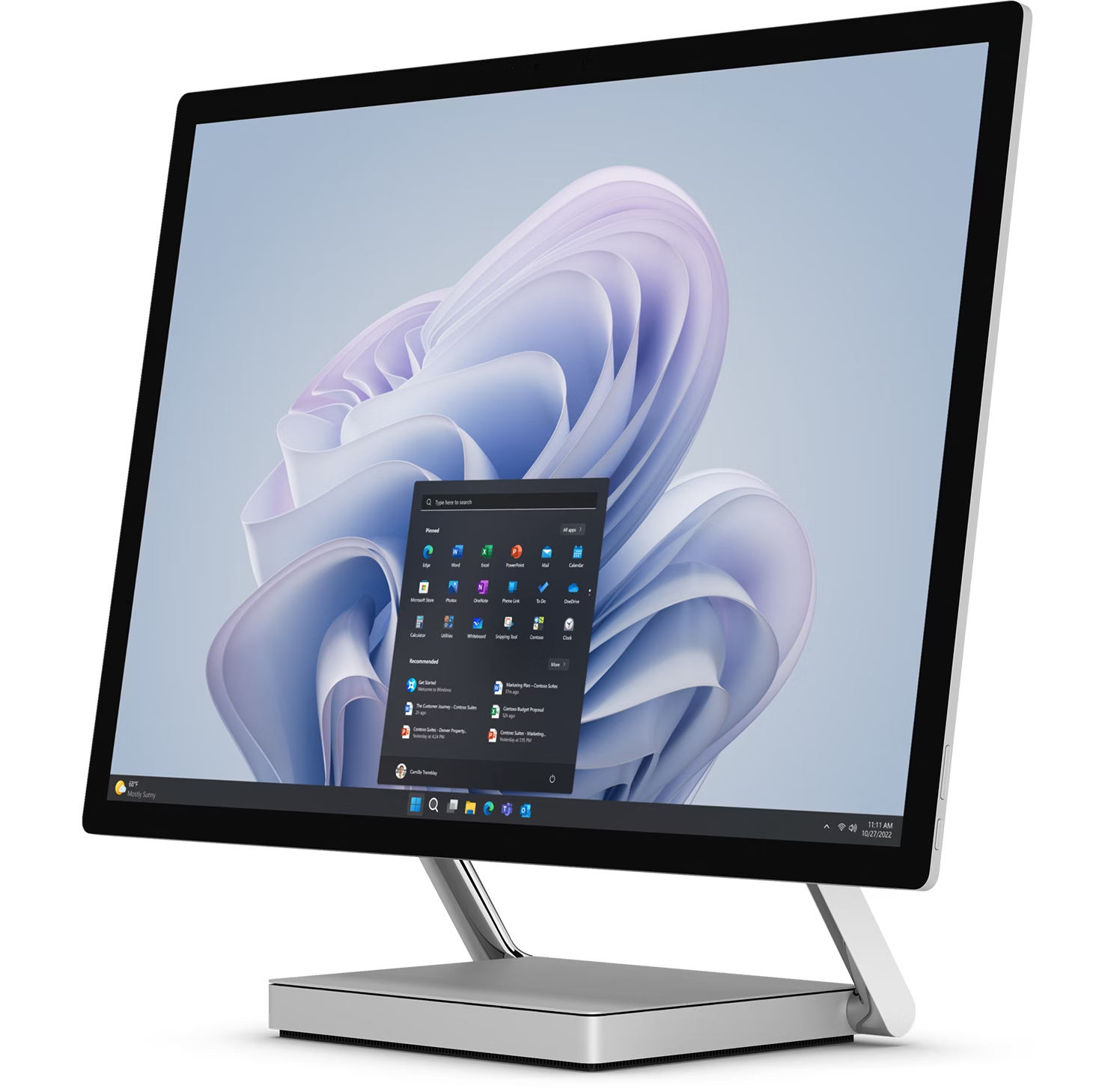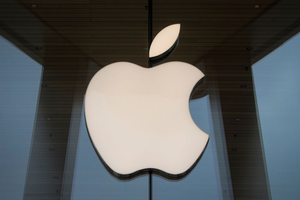Transfer your Windows tasks to the cloud with Microsoft’s compact desktop computer designed for seamless cloud integration
The tech behemoth unveiled Windows 365 Link on Tuesday at Microsoft Ignite 2024, a lightweight, fanless PC that connects to Windows 365. Windows 365 is a cloud-hosted, virtual Windows workstation that operates on a remote server, similar to a standard Windows installation.
Microsoft plans to release Windows 365 Link in “select markets” in April of next year, with a suggested retail price of $349. It is capable of booting rapidly (“in seconds,” according to Microsoft), waking from sleep “instantly,” and featuring a variety of display and peripheral ports. It supports dual 4K monitors, four USB connections, audio and Ethernet jacks, and standard wireless connectivity (Wi-Fi 6E and Bluetooth 5.3).
Currently, Windows 365 Link is not a legitimate personal computer. Although it is capable of managing Microsoft Teams meetings and Webex sessions, the device is unable to install local applications and lacks storage. Additionally, the operating system, which is Windows-based and relatively compact, is exceedingly restrictive. According to Microsoft, it is impossible to disengage the security features and passwordless login.

Clearly, Microsoft is not focusing on consumers with Windows 365 Link; rather, it is primarily targeting enterprises. Businesses can remotely manage and wipe Windows 365 Link units and configure them to automatically search for, download, and install updates.
Microsoft promotes Windows 365 Link as environmentally friendly, claiming it consumes less energy than most desktops. The company asserts that Windows 365 Link incorporates 90% recycled aluminum alloy in its upper shield, 100% recycled aluminum in its bottom plate, and 100% recycled copper and 96% recycled tin solder in its motherboard.
Starting today, organizations in the United States, the United Kingdom, Canada, Germany, Japan, New Zealand, and Australia are eligible to enroll for the Windows 365 Link preview program. We hope it avoids the same fate as Microsoft’s latest diminutive PC.



